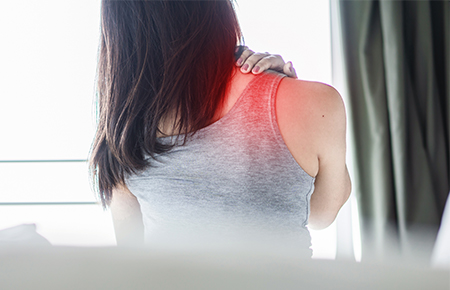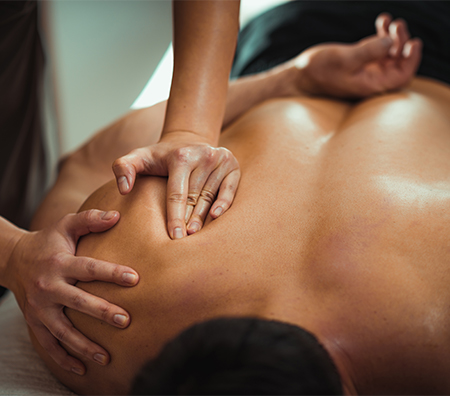 It wakes you up in the middle of the night.
It wakes you up in the middle of the night.
That deep, aching throb…
You flip, turn, and readjust, but it’s still there.
It’s in that annoying spot – the back of your shoulder on the blade – that spot you just can’t reach.
Or it might be on the front of your shoulder, like a knife sticking in, every time you bench press.
It’s exhausting in more ways than one.
It doesn’t stop at tossing and turning in sleepless nights.
It’s there, daily, looming in the back of your mind.
You can’t lift the way you used to.
Even picking up your kids can bring anxiety and worry.
You can’t afford a rotator cuff tear, let alone being out of work, not in this economy.
 A wide range of mobility – at a price…
A wide range of mobility – at a price…
The shoulder is the most mobile joint in the body, so it’s incredibly useful.
…But that also makes it prone to overuse, misuse, and other injuries.
It’s no wonder that shoulder problems affect 25% of the population.
You aren’t alone. In fact, you’re in good company.
Many of these cases are resolved either naturally or through non-surgical means.
Let’s get you back to your full bench at the gym.
Where do we start in such a complex area?
That’s a bit of a trick question. There are A LOT of things that can cause shoulder pain.
As always, we’ll begin with Neurosomatic Therapy and learning about you and your story. We want to know what happened… how it all began.
Then, we’ll do our postural assessments, listening to what your body tells us. Posture, including improper movement patterns, tremendously impacts shoulder function.
Or should we say… dysfunction?
 Tackling the monster…
Tackling the monster…
We will start with the most common things.
In an estimated 75-95% of muscular pain cases, myofascial trigger points are a primary cause.
While addressing postural imbalances, we will also check the whole shoulder for trigger points and myofascial imbalance.
These small knot-like nodules can cause fierce referral pain in the shoulder, especially trigger points in the Infraspinatus and Teres muscles.
Most non-acute-related shoulder aches and pains can be significantly improved from myofascial trigger point treatment alone.
An active role in the treatment…
We’ll be working together. Shoulders are important.
We need to do postural and movement assessments.
There might be some corrective exercises to do.
We might have to send you for some imaging.
The more committed and dedicated you are, and the more active a role you take, the better results you will experience.
The time to start is now.
We can’t stress (or stretch) the importance of the shoulder.
Let’s start working through these chains that keep you from living the life you want.
Don’t risk the health of this vital joint.
Call today: (801) 406-6577. Let’s tackle this. Together.


